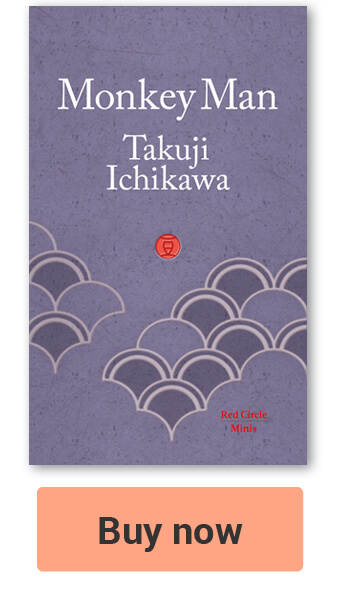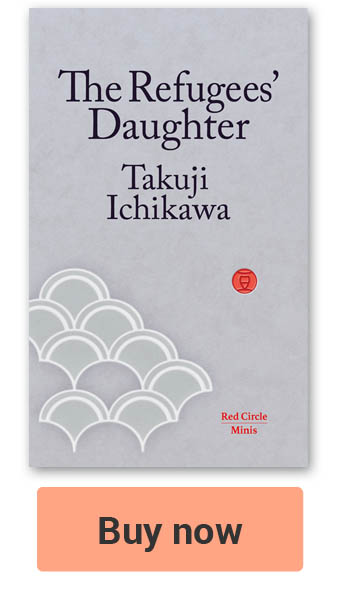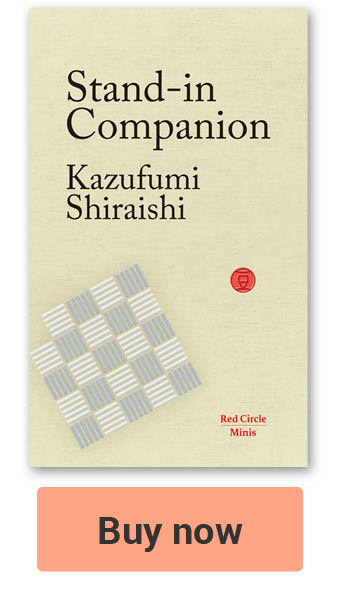- Culture
The Long Winter, the sixth book in the Little House series, was the first book approved for translation and publication in Japan after World War II[UPDATED: 3-5-2018]
During the American occupation of Japan, after the Second World War (1945-1952), all publications were reviewed by General Douglas MacArthur’s team at GHQ (General Headquarters). MacArthur, the Supreme Commander for the Allied Powers (SCAP), recommended The Long Winter, the sixth book in Laura Ingalls Wilder’s series for publication. It was published in 1949, under the title Nagai Fuyu by Kosumoporitan-sha (Cosmopolitan Publishing) translated by Aya Ishida.
Nagai Fuyu is generally cited as the first translated book to be granted permission for publication by SCAP. During the war the publication, distribution and reading of books in English were prohibited in Japan and more than a thousand books were banned or censored.
The Long Winter is about the Ingalls family in the Little House series surviving being snowed in with limited food supplies during a long eight-month winter. The Long Winter was apparently chosen to aid “democratization” and to “buoy the morale of a defeated and starving people”.
One of the stated strategic goals of the occupation was “to build a future for the people of Japan based upon considerations of realism and justice” and “to infuse into the hearts and minds of the Japanese people principles of liberty and right heretofore unknown to them.”
Learning about American values and America was part of this. GHQ actively encouraged the book’s distribution to public, and school libraries across Japan. German translations were published in a similar effort.
Laura Ingalls Wilder wrote a special message, dated 8 July 1948, to the children of Japan, which appeared in the book. It ran as follows: “things of real value do not change with the passing of years nor in going from one country to another. These I am sure you have. It is always best to be honest and truthful, to make the most of what we have, to be happy with simple pleasures, to be cheerful in adversity and have courage in danger”. The book was very popular.
In 1975, a Japanese anime version of the series was launched under the title: Sogen no sojo Laura (Laura the Prairie Girl). And like many other countries around the world the television series Little House on the Prairie, based on the third book in the series, was broadcast in Japan from 1975-1982. The books were originally written during the Great Depression with the first in the series published in 1932.
Nagai Fuyu is generally cited as the first translated book to be granted permission for publication by SCAP. During the war the publication, distribution and reading of books in English were prohibited in Japan and more than a thousand books were banned or censored.
The Long Winter is about the Ingalls family in the Little House series surviving being snowed in with limited food supplies during a long eight-month winter. The Long Winter was apparently chosen to aid “democratization” and to “buoy the morale of a defeated and starving people”.
One of the stated strategic goals of the occupation was “to build a future for the people of Japan based upon considerations of realism and justice” and “to infuse into the hearts and minds of the Japanese people principles of liberty and right heretofore unknown to them.”
Learning about American values and America was part of this. GHQ actively encouraged the book’s distribution to public, and school libraries across Japan. German translations were published in a similar effort.
Laura Ingalls Wilder wrote a special message, dated 8 July 1948, to the children of Japan, which appeared in the book. It ran as follows: “things of real value do not change with the passing of years nor in going from one country to another. These I am sure you have. It is always best to be honest and truthful, to make the most of what we have, to be happy with simple pleasures, to be cheerful in adversity and have courage in danger”. The book was very popular.
In 1975, a Japanese anime version of the series was launched under the title: Sogen no sojo Laura (Laura the Prairie Girl). And like many other countries around the world the television series Little House on the Prairie, based on the third book in the series, was broadcast in Japan from 1975-1982. The books were originally written during the Great Depression with the first in the series published in 1932.







